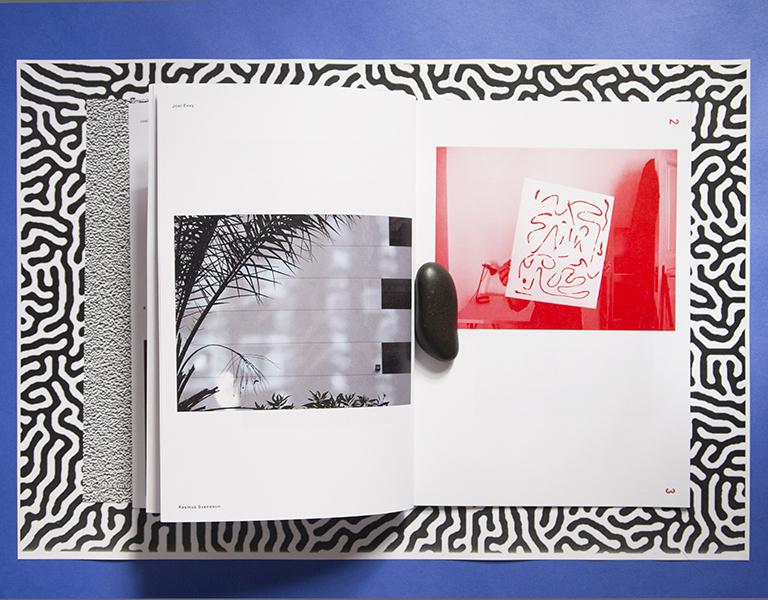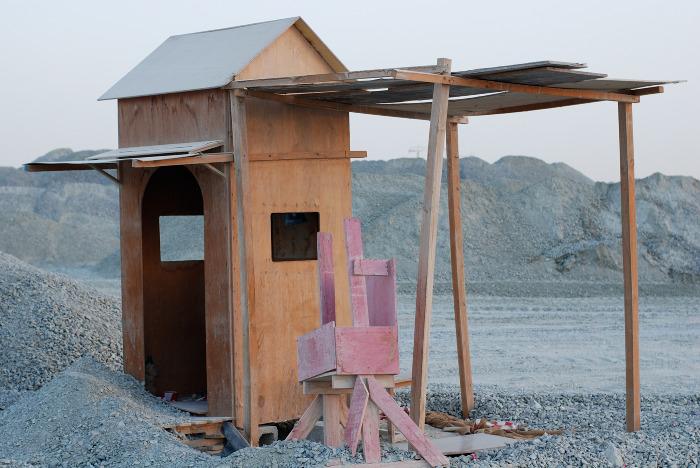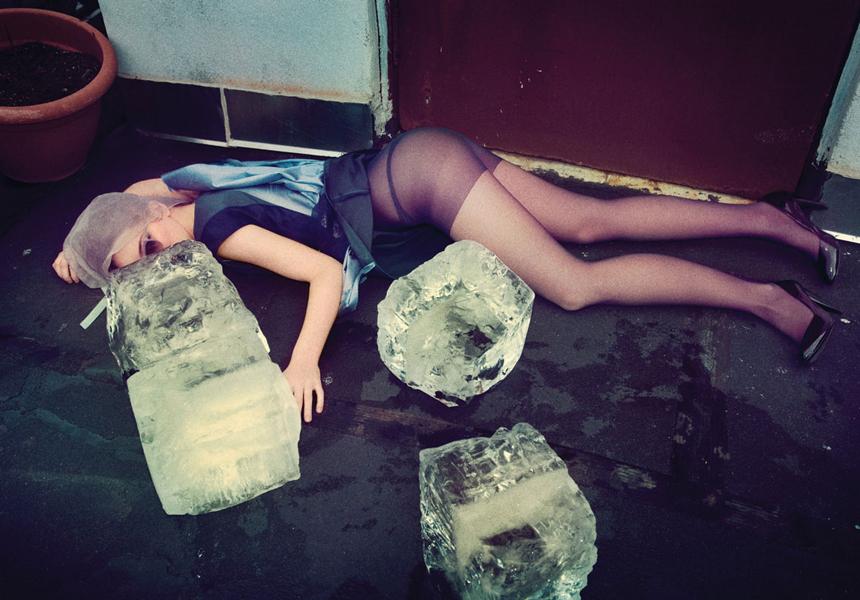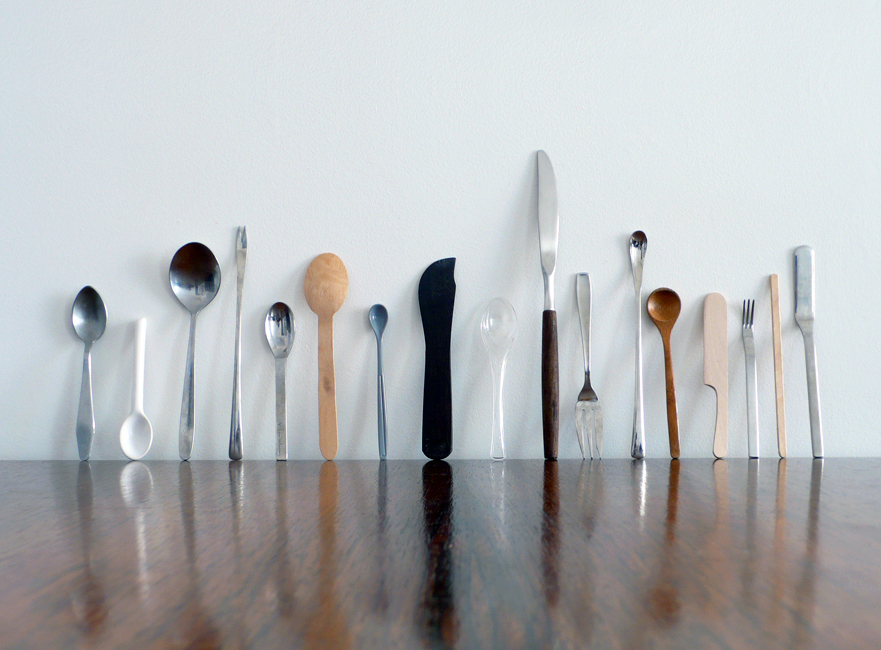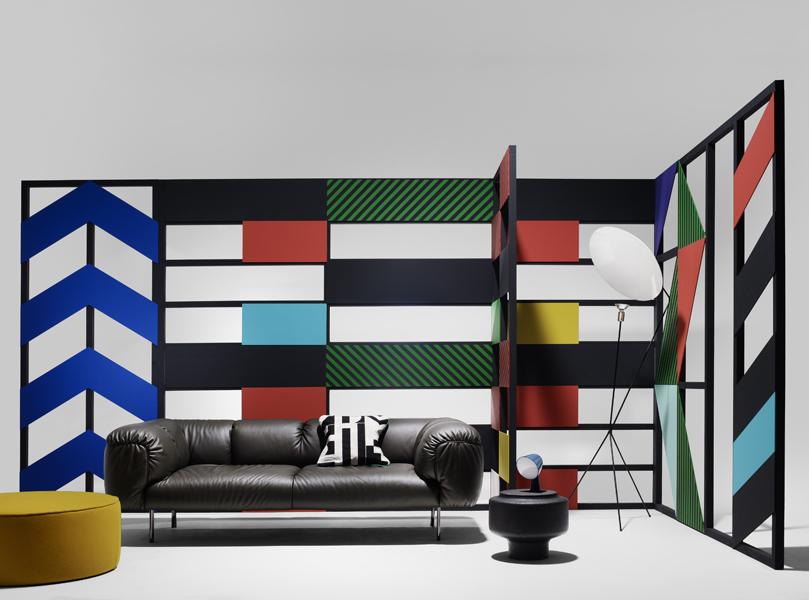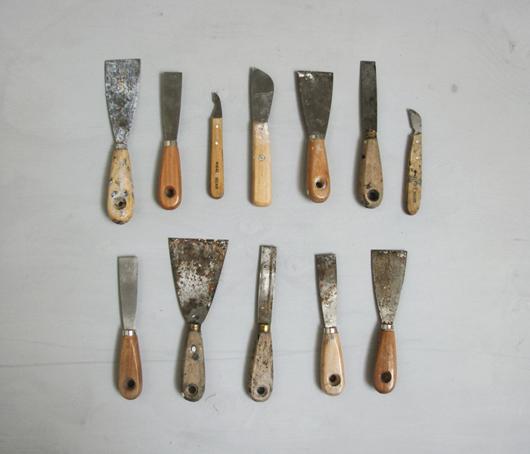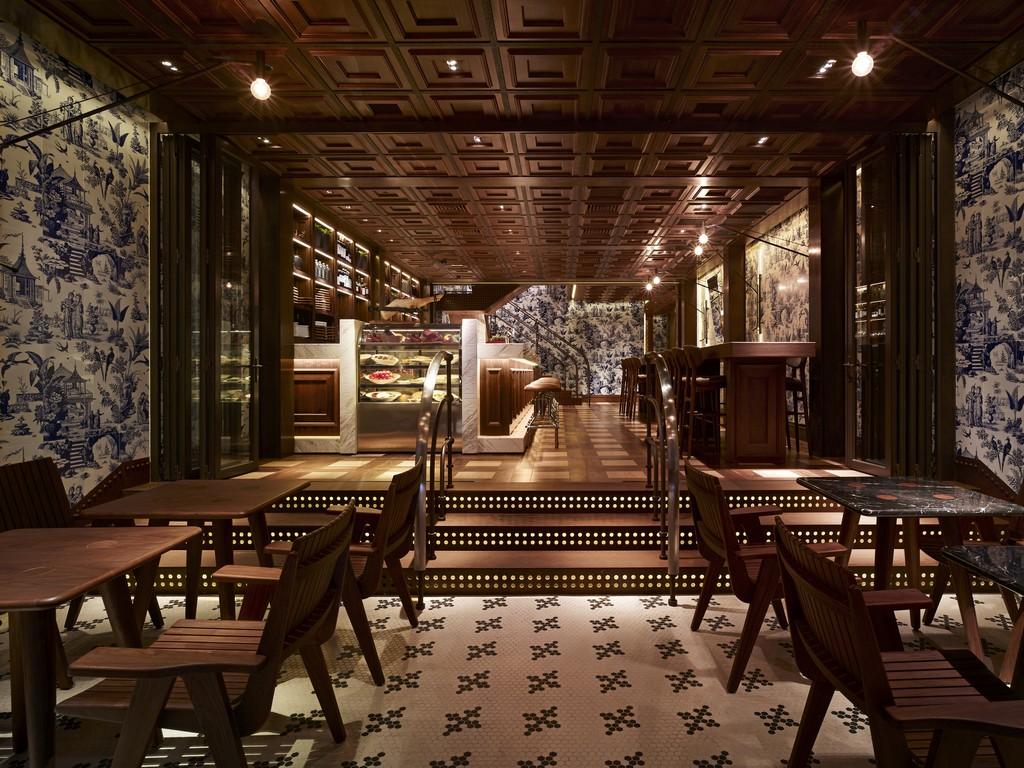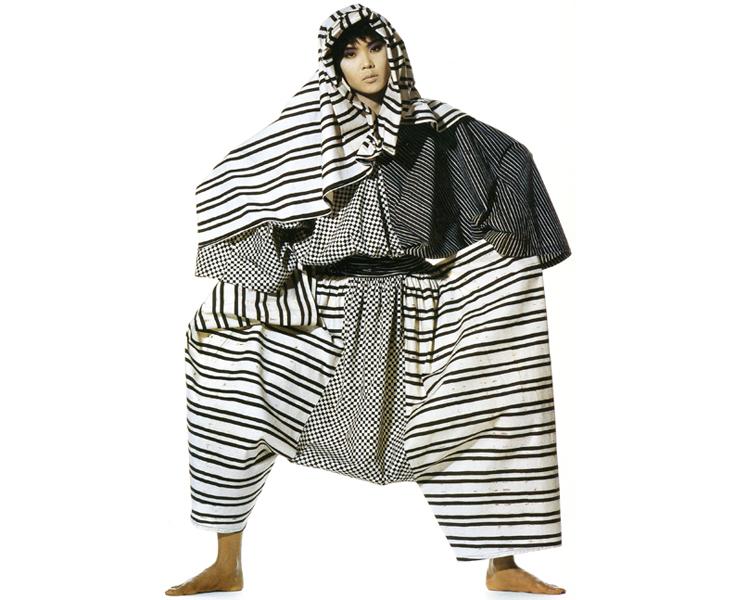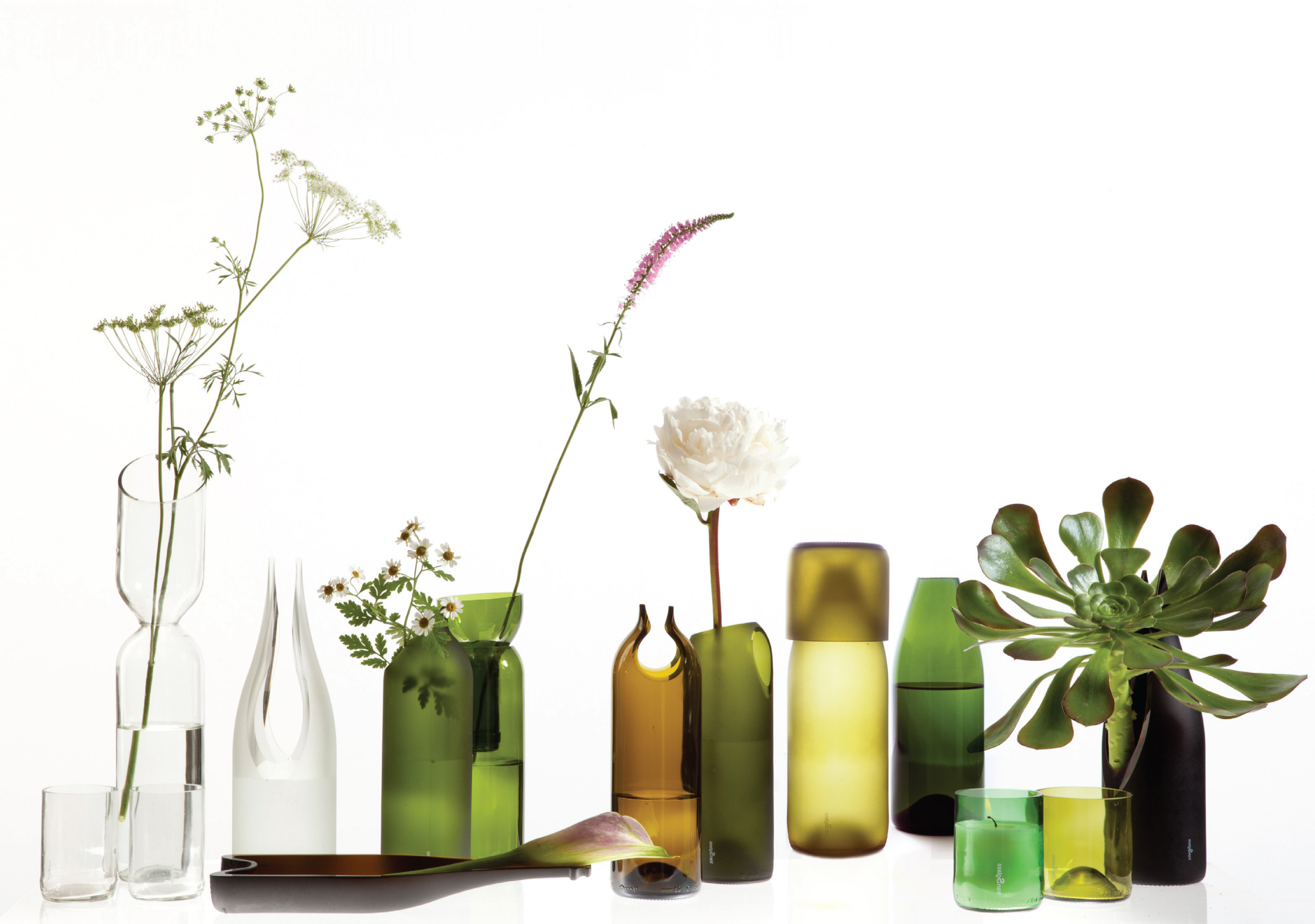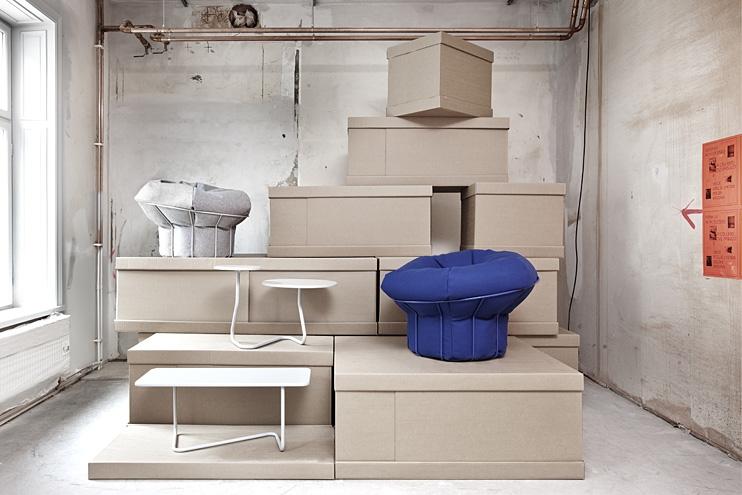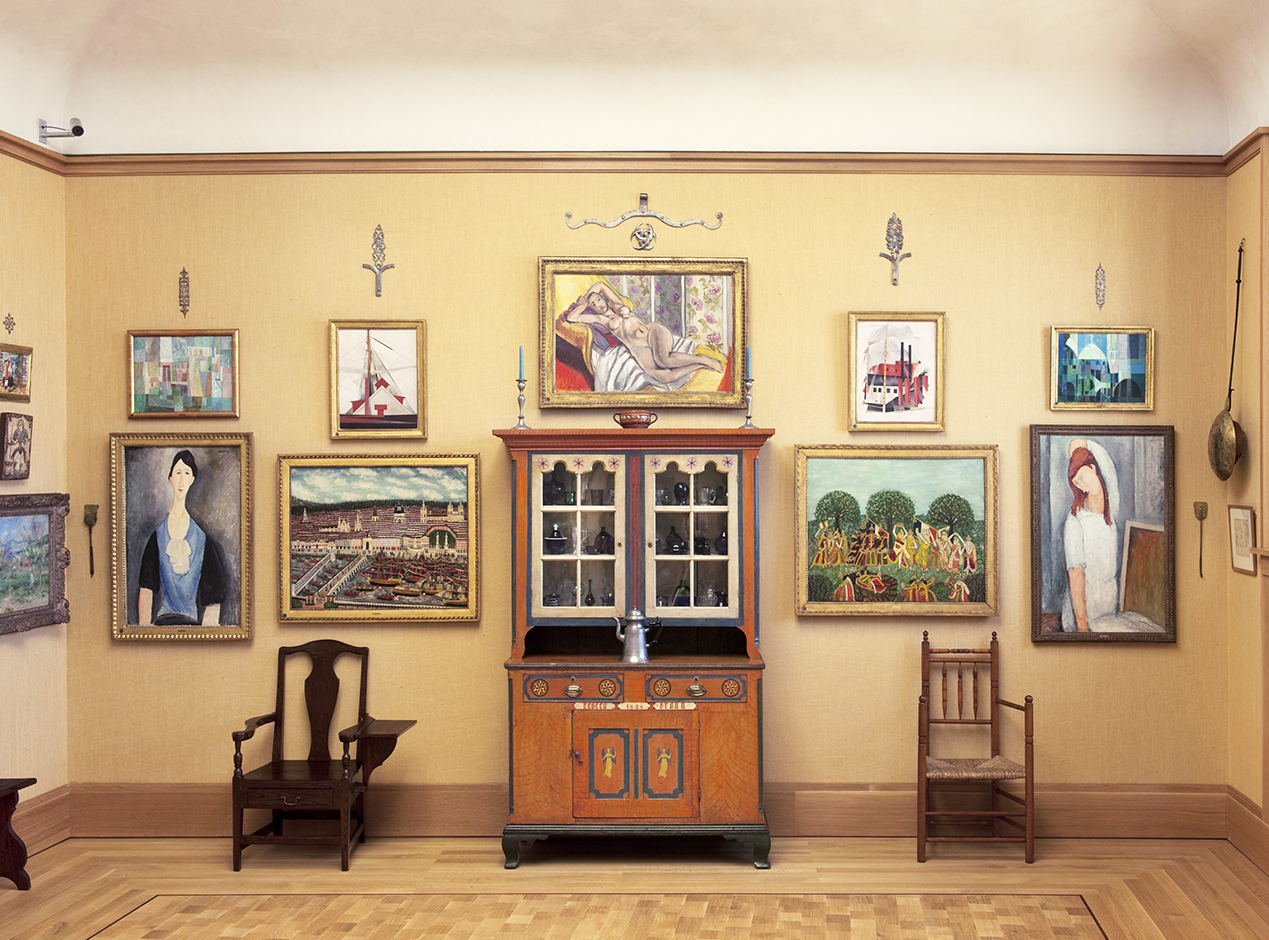
04.08.13
8 Things
The Curator of Philly’s Legendary Barnes Foundation on her Favorite Pieces From the Collection
In 2002, when the Barnes Foundation announced a plan to move from its original location in Merion, Pennsylvania, to nicer, big-time architect–designed digs in Philadelphia, there was a bit of an uproar. How, devotees of the collection wondered, could anything ever replicate the obsessiveness with which Alfred C. Barnes — the quirky early 20th-century art enthusiast who amassed the collection — originally arranged things? When the new building, designed by Tsien & Williams, opened last year, those people breathed a sigh of relief at its apparent fidelity (every room is the same dimension as its counterpart in Merion, and everything was reinstalled to one-sixteenth of an inch.) But here’s something even more freeing: visiting the Barnes as we did, knowing next to nothing about the whole endeavor and therefore being able to judge the collection on its own merits.
